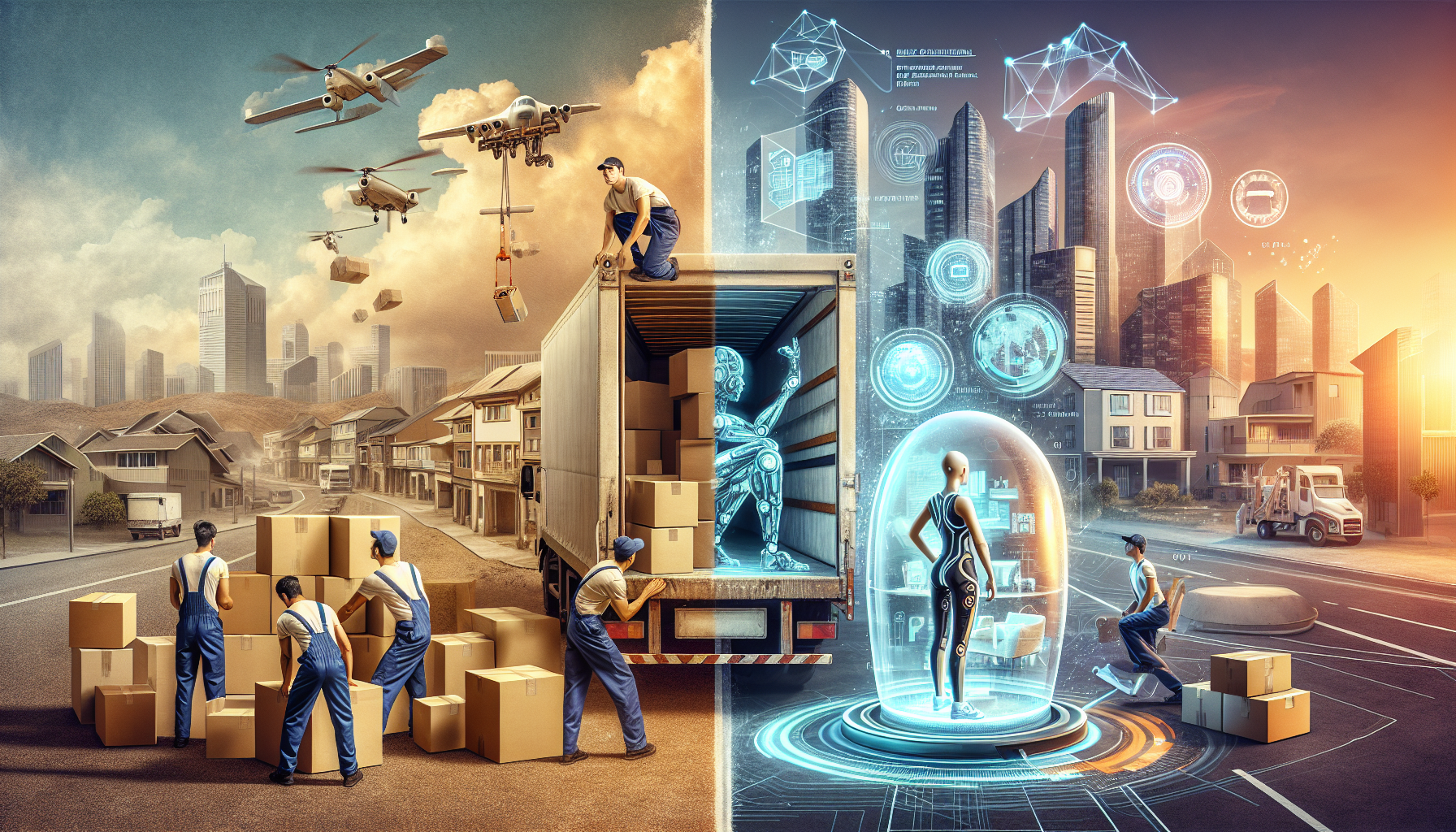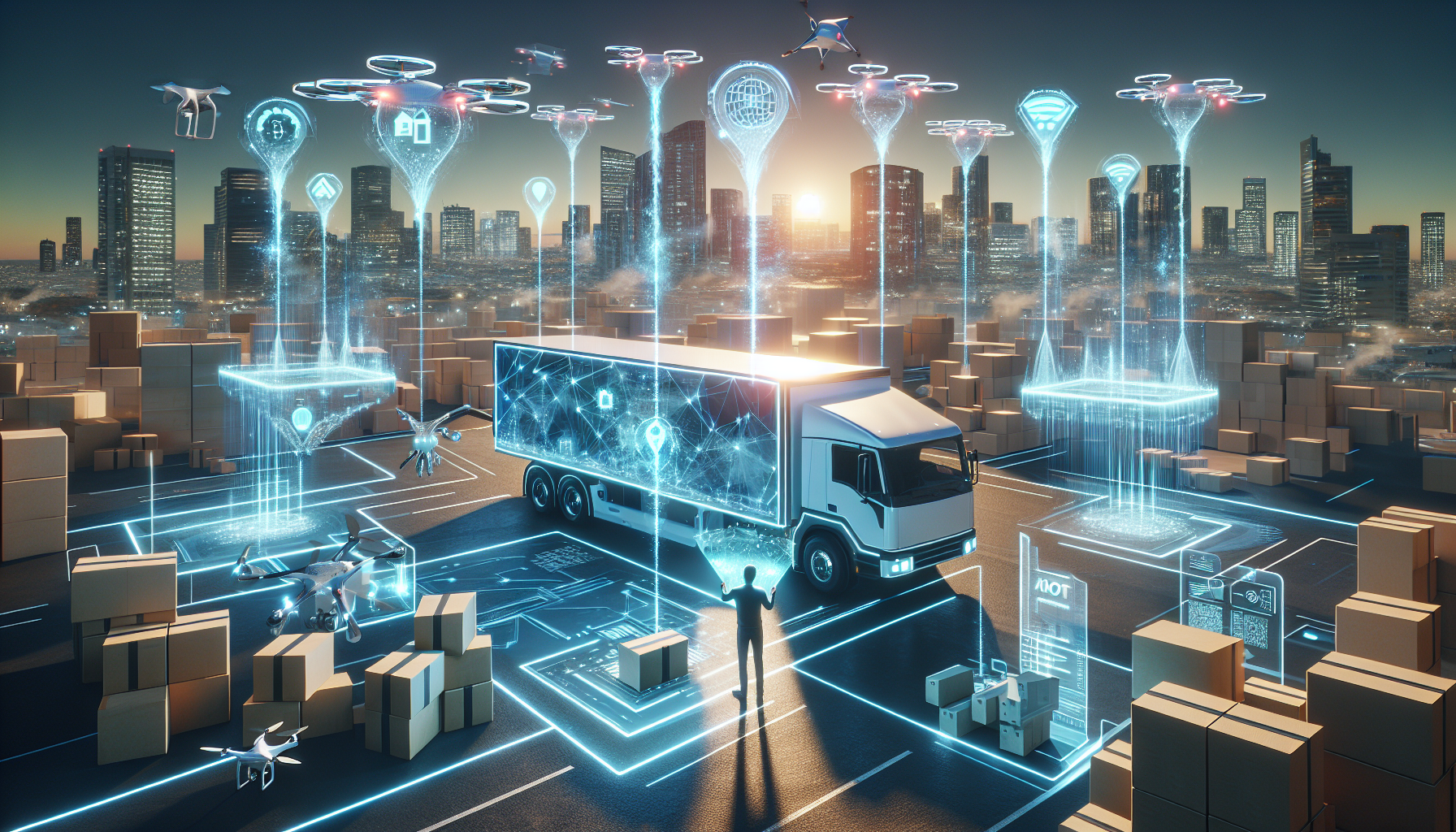How Moving Technology is Revolutionizing the Moving Industry
As someone in this field for years, I've seen firsthand how AI-driven solutions and digital transformation in moving services are changing the game.


We've witnessed a revolution in the moving industry, thanks to moving technology. As someone who's been in this field for years, I've seen firsthand how AI-driven solutions and digital transformation in moving services are changing the game. From virtual moving surveys to real-time tracking, these advancements are making the process of relocating easier and more efficient than ever before.
In this article, we'll explore how moving technology is reshaping our industry. We'll look at the digital transformation of quote and booking processes, the integration of IoT in moving equipment, and the use of blockchain for supply chain management in moving contracts. We'll also dive into how machine learning is creating personalized moving experiences and discuss the impact of smart traffic management on long-distance relocation. By the end, you'll have a clear picture of how technology is driving efficiency in moving and what the future holds for our industry.
Digital Transformation of Quote and Booking Processes
The moving industry has seen a significant shift towards digital transformation, particularly in the quote and booking processes. This change has had a profound impact on how we interact with customers and streamline our operations. As someone who's been in the business for years, I've witnessed firsthand how moving technology has revolutionized these crucial aspects of our industry.
AI-Powered Estimations
One of the most exciting developments in our field is the use of AI-driven solutions for estimating moving costs. We've integrated AI-powered tools that help us anticipate potential problems and create accurate, detailed estimates. This technology analyzes extensive data collections, making the process more efficient and cost-effective. For instance, when putting together quotes for clients, we can now evaluate various factors quickly and precisely, leading to more accurate pricing and better customer satisfaction.
The AI moving cost calculator is a prime example of this innovation. It's a user-friendly tool that asks a few quick questions about the move and uses its advanced algorithms to provide an educated guess on the potential costs. This not only saves time for both the customer and the moving company but also increases transparency in pricing.
Virtual Surveys
Another game-changing aspect of moving technology is the introduction of virtual surveys. Gone are the days when an estimator had to physically visit a client's home to assess their belongings. Now, we use video chat functionality to conduct virtual moving estimates. This method is not only more convenient for customers but also allows us to provide faster service.
Here's how it works: Once a virtual survey appointment is scheduled, the customer receives a link via text or email. They simply click on the link to connect with an estimator through their browser. The estimator then guides the customer through a virtual walkthrough of their home, assessing the items to be moved. This process is just as accurate as an in-person appointment but far more flexible and efficient.
Instant Online Booking
The digital transformation has also brought about a revolution in the booking process. We now offer instant online booking systems that allow customers to schedule and manage their moves effortlessly from their devices. This system includes options to customize services, choose dates, and specify particular requirements, all without the need for lengthy phone calls or in-person visits.
Our online booking platform provides transparency by giving customers access to quotes, agreements, and service details. They can compare different moving companies' quotes and reviews instantly, making informed decisions at their convenience. The platform also allows customers to edit their inventory and add additional moving services with a simple click, with prices updating in real-time.
This digital approach to booking has not only improved customer experience but also increased our efficiency. It's reduced the time spent on administrative tasks, allowing us to focus more on providing quality moving services.
IoT Integration in Moving Equipment
As someone who's been in the moving industry for years, I've seen firsthand how the Internet of Things (IoT) has transformed our equipment and operations. This technology has had a profound impact on efficiency in moving, making our processes smarter and more streamlined. Let's dive into how IoT is revolutionizing our moving equipment.
Smart Moving Trucks
One of the most significant advancements in moving technology is the development of smart moving trucks. These vehicles are equipped with built-in sensors and onboard diagnostics systems that turn them into data-transmitting powerhouses. This allows us to track our vehicles in real-time, respond to changing environments, and identify inefficient activities on the spot.
The WM Smart Truck® program, for instance, uses truck-mounted cameras to capture footage of containers as they're tipped into the truck during service. This technology, working with GPS, notes the service address and marks pickups as complete. It's not just about tracking, though. These smart trucks also help us create cleaner, safer communities by keeping an eye out for overloaded containers and contamination.
Connected Packing Materials
IoT has also made its way into our packing materials. We now use connected packing materials that can provide valuable data throughout the moving process. These materials are equipped with sensors that can monitor various conditions during transit.
For example, we can now track temperature, humidity, and vibrations to ensure the integrity of cargo, especially for sensitive items like electronics or artwork. This is particularly crucial for long-distance relocation, where goods may be in transit for extended periods. By monitoring these conditions, we can take immediate action if any issues arise, ensuring your belongings arrive in the same condition they left.
Sensor-Based Monitoring
Sensor-based monitoring has revolutionized how we track, monitor, and manage goods throughout the entire supply chain. We use various sensors, including RFID, GPS, temperature sensors, humidity sensors, and motion sensors, to collect real-time data on the movement, condition, and location of goods during the entire logistics process.
These sensors are integrated into our products, packaging, containers, vehicles, and storage facilities. They capture and transmit valuable information, providing us with accurate insights into our supply chain activities. For instance, motion sensors detect movement or changes in position and acceleration, allowing us to monitor how goods are handled during transportation and warehousing processes.
The integration of artificial intelligence and machine learning further enhances the capabilities of these smart sensors. AI and ML algorithms analyze the vast amounts of data collected, providing actionable insights and predictive analytics for proactive decision-making and process optimization.
This sensor-based logistics brings a multitude of benefits to our operations. It provides enhanced visibility into the movement, condition, and location of goods throughout the supply chain. This visibility enables us to make proactive decisions, identify bottlenecks or issues, and take immediate action, leading to improved operational agility and responsiveness.
In essence, IoT integration in moving equipment has transformed our industry, making it more efficient, reliable, and customer-friendly. As moving technology continues to evolve, we're excited to see how these advancements will further revolutionize the way we help people relocate.
Blockchain Technology in Moving Contracts
I've seen a lot of changes in the moving industry, but blockchain technology is truly revolutionizing how we handle contracts and payments. This innovation is making our processes more secure, transparent, and efficient.
Smart Contracts
One of the most exciting developments is the use of smart contracts. These are self-executing agreements with terms written directly into the code. As someone who's dealt with countless contracts, I can tell you this is a game-changer. Here's why:
Smart contracts eliminate the need for intermediaries, reducing administrative costs and the risk of errors. When certain conditions are met, the contract executes automatically. For example, once we complete a move and the customer confirms receipt of their belongings, the payment is automatically released. This streamlines our operations and builds trust with our clients.
Moreover, these contracts can handle contingencies. If there's a delay due to weather or traffic, the contract can automatically adjust timelines and payments. This flexibility ensures fairness for both parties, even when unexpected events occur.
Secure Payment Systems
Blockchain technology has also transformed how we handle payments in the moving industry. The decentralized nature of blockchain makes transactions more secure and transparent. Here's what this means for us and our customers:
- Enhanced security: Blockchain's distributed ledger system makes it extremely difficult for hackers to tamper with transaction records.
- Faster transactions: With blockchain, we can process payments more quickly, improving cash flow for our business and providing a better experience for our customers.
- Reduced fraud: The immutable nature of blockchain records helps prevent fraudulent activities, protecting both our company and our clients.
Transparent Pricing
Perhaps the most significant impact of blockchain on our industry is the increased transparency in pricing. This technology allows us to create a clear, auditable trail of all transactions and price changes. Here's how it's changing the game:
- No hidden fees: With blockchain, all costs are recorded and visible. This eliminates the surprise of hidden fees that often frustrate customers.
- Price tracing: Customers can now trace the price of their move from start to finish. They can see how much was charged at each stage of the process, from the initial quote to the final delivery.
- Fair pricing: The transparency provided by blockchain encourages fair pricing practices across the industry. It's harder for companies to extract excessive profits when all transactions are visible.
This level of transparency is building trust between moving companies and customers. It's helping us create stronger, more positive relationships with our clients.
In conclusion, blockchain technology is transforming how we handle contracts, payments, and pricing in the moving industry. It's making our processes more efficient, secure, and transparent. As we continue to integrate this technology into our operations, I'm excited to see how it will further revolutionize our industry and improve the moving experience for our customers.
Machine Learning for Personalized Moving Experiences
As someone who's been in the moving industry for years, I've seen firsthand how machine learning is revolutionizing the way we offer personalized experiences to our customers. This technology is making relocations smoother, more efficient, and far less stressful for everyone involved.
Customized Service Recommendations
One of the most exciting developments in moving technology is the use of AI-powered tools to anticipate potential problems and create customized service recommendations. By analyzing extensive data collections, we can now offer tailored solutions that match each customer's unique needs.
For instance, we use machine learning algorithms to analyze a customer's inventory and provide personalized packing recommendations. Fragile items get extra padding suggestions, while bulky items are packed in ways that maximize space and minimize damage. This level of customization ensures that each move is handled with the utmost care and efficiency.
Adaptive Scheduling
Machine learning has also transformed how we handle scheduling in the moving industry. We now use AI-driven systems to optimize our operations and provide more flexible options for our customers.
Our adaptive scheduling system, which we call ASENT (Adaptive Scheduling for Efficient Non-emergency Transport), helps us manage our fleet more effectively. It takes into account factors like vehicle availability, special equipment needs (such as wheelchairs or stretchers), and specific patient requirements. This allows us to create more efficient routes and schedules, reducing wait times and improving overall service quality.
The system also incorporates real-time data on traffic conditions and road construction, allowing us to make dynamic adjustments to our schedules. This ensures that we're always working with the most up-to-date information, leading to more accurate arrival times and smoother moves.
Tailored Communication
Perhaps one of the most significant improvements brought about by machine learning is in how we communicate with our customers. AI-powered chatbots and virtual assistants have revolutionized our customer interactions, allowing us to provide prompt, personalized responses around the clock.
These intelligent systems can handle a wide range of customer queries, from providing moving tips to guiding customers through the process of choosing the right services. They can also offer real-time updates on the status of a move, giving customers peace of mind and reducing the need for manual follow-ups.
Moreover, we've implemented AI-driven feedback systems that help us continuously improve our services. By analyzing customer feedback and interactions, we can identify areas for improvement and tailor our services even further to meet individual needs.
In conclusion, machine learning is transforming the moving industry, allowing us to offer truly personalized experiences. From customized service recommendations to adaptive scheduling and tailored communication, this technology is making moves more efficient, less stressful, and more satisfying for our customers. As we continue to harness the power of AI and machine learning, I'm excited to see how we can further enhance the moving experience in the future.
The Future of Moving
Moving technology has brought about a revolution in the relocation industry, making the process more efficient, secure, and customer-friendly. From AI-powered estimations to blockchain-based contracts, these advancements have a significant impact on how moving companies operate and serve their clients. The integration of IoT in moving equipment and the use of machine learning to create personalized experiences have further enhanced the industry's capabilities to meet diverse customer needs.
Looking ahead, the future of the moving industry seems bright with continued technological progress. As these innovations become more widespread, we can expect to see further improvements in service quality, cost-effectiveness, and customer satisfaction. The ongoing digital transformation in the moving sector opens up exciting possibilities to streamline operations and provide even better experiences for people relocating their homes or businesses.
FAQs
How is technology transforming the transportation and logistics sectors?
Technology has significantly enhanced the transportation and logistics sectors by integrating advanced software systems for transportation management, warehouse management, and enterprise resource planning. This integration facilitates seamless data exchange, improves handling, and reduces the reliance on manual data entry.
What changes has technology brought to the trucking industry?
The trucking industry has adopted advanced software solutions that automate processes such as inventory control, route optimization, and order processing. These improvements help ensure timely delivery of goods and reduce resource wastage, streamlining overall operations.
What impact do technological advancements have on industry structures?
Technological advancements have not only boosted productivity and efficiency in manufacturing but also opened up new avenues for innovation and customization. This allows companies to stay competitive in a global market by adapting to changing demands and opportunities.
Is the moving industry on the rise?
Yes, the moving industry is currently experiencing steady growth. According to data from the Better Business Bureau, the industry is projected to see a compound annual growth rate of 1.1% from 2023 to 2028, with revenues expected to reach USD 22.90 billion by the end of this period.

